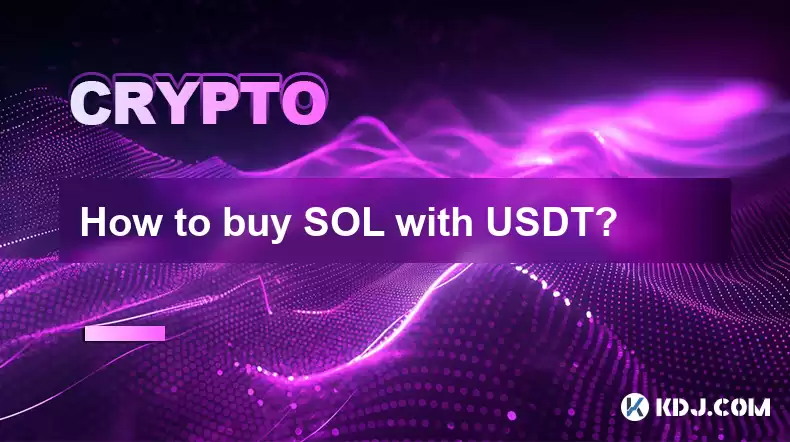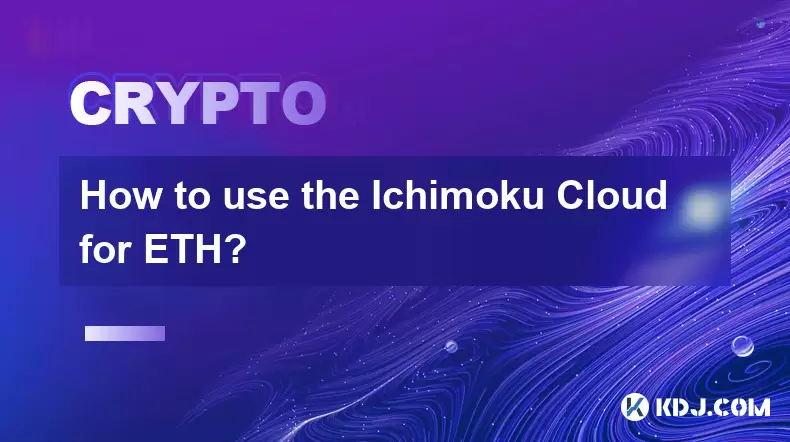-
 Bitcoin
Bitcoin $118900
0.42% -
 Ethereum
Ethereum $3710
-2.88% -
 XRP
XRP $3.513
-2.96% -
 Tether USDt
Tether USDt $1.000
-0.01% -
 Solana
Solana $203.0
3.65% -
 BNB
BNB $765.5
-1.29% -
 USDC
USDC $0.9998
0.00% -
 Dogecoin
Dogecoin $0.2671
-4.18% -
 Cardano
Cardano $0.8817
-3.63% -
 TRON
TRON $0.3139
-0.64% -
 Hyperliquid
Hyperliquid $44.34
-5.45% -
 Stellar
Stellar $0.4637
-4.08% -
 Sui
Sui $3.908
-2.59% -
 Chainlink
Chainlink $19.34
-2.62% -
 Hedera
Hedera $0.2712
-3.77% -
 Avalanche
Avalanche $24.97
-4.13% -
 Bitcoin Cash
Bitcoin Cash $519.8
-1.48% -
 Shiba Inu
Shiba Inu $0.00001518
-3.74% -
 Litecoin
Litecoin $115.6
-2.21% -
 Toncoin
Toncoin $3.460
3.68% -
 UNUS SED LEO
UNUS SED LEO $8.977
-0.07% -
 Polkadot
Polkadot $4.460
-2.96% -
 Uniswap
Uniswap $10.53
-5.43% -
 Ethena USDe
Ethena USDe $1.001
0.01% -
 Monero
Monero $323.6
-0.36% -
 Pepe
Pepe $0.00001379
-2.60% -
 Bitget Token
Bitget Token $4.772
-3.90% -
 Dai
Dai $0.9999
0.00% -
 Aave
Aave $307.5
-6.66% -
 Bittensor
Bittensor $441.8
0.84%
How to buy SOL with USDT?
To buy SOL with USDT, choose an exchange like Binance or KuCoin, deposit USDT, trade for SOL, and consider withdrawing to a personal wallet for security.
Apr 19, 2025 at 03:49 am

Introduction to Buying SOL with USDT
Purchasing SOL, the native cryptocurrency of the Solana blockchain, using USDT (Tether), a stablecoin pegged to the US dollar, is a common transaction within the cryptocurrency market. This process involves several steps, including choosing a suitable exchange, transferring USDT, and executing the trade. In this article, we will guide you through the detailed steps required to buy SOL with USDT, ensuring you have a comprehensive understanding of the process.
Choosing the Right Exchange
To buy SOL with USDT, you first need to select a cryptocurrency exchange that supports both these assets. Some popular exchanges that offer this trading pair include Binance, KuCoin, and Huobi.
- Binance: Known for its high liquidity and wide range of trading pairs, Binance is a top choice for many traders.
- KuCoin: This exchange is favored for its user-friendly interface and competitive fees.
- Huobi: Another reliable platform with a strong reputation for security and customer service.
When selecting an exchange, consider factors such as fees, security features, user interface, and the availability of the SOL/USDT trading pair.
Setting Up Your Exchange Account
Once you have chosen an exchange, you need to set up an account. Here are the steps to create an account on Binance, as an example:
- Visit the Binance website and click on the "Register" button.
- Enter your email address and create a strong password.
- Verify your email by clicking on the link sent to your inbox.
- Complete the KYC (Know Your Customer) process by providing your personal information and uploading required documents, such as a government-issued ID.
After your account is set up and verified, you can proceed to deposit USDT.
Depositing USDT into Your Exchange Account
To buy SOL, you need to deposit USDT into your exchange account. Follow these steps to deposit USDT on Binance:
- Log in to your Binance account.
- Navigate to the "Wallet" section and click on "Fiat and Spot".
- Click on "Deposit" and search for USDT.
- Choose the USDT network (e.g., TRC20 or ERC20). Ensure you select the correct network to avoid losing your funds.
- Copy the deposit address and send USDT from your external wallet to this address.
Once the USDT is deposited and confirmed on the blockchain, it will be available in your Binance account.
Trading USDT for SOL
With USDT in your account, you can now trade it for SOL. Here is how to do it on Binance:
- Go to the "Trade" section and select "Classic".
- Search for the SOL/USDT trading pair and click on it.
- Enter the amount of USDT you want to spend on SOL.
- Review the order details, including the amount of SOL you will receive and any applicable fees.
- Click "Buy SOL" to execute the trade.
After the trade is executed, the SOL will be credited to your spot wallet on Binance.
Withdrawing SOL to Your Personal Wallet
For added security, it is advisable to transfer your SOL from the exchange to a personal wallet. Here’s how to withdraw SOL from Binance:
- Navigate to the "Wallet" section and click on "Fiat and Spot".
- Click on "Withdraw" and search for SOL.
- Enter the amount of SOL you wish to withdraw.
- Enter the address of your personal SOL wallet.
- Review the withdrawal details and any associated fees.
- Click "Submit" to initiate the withdrawal.
Once the transaction is confirmed on the blockchain, your SOL will be available in your personal wallet.
Frequently Asked Questions
Q: Can I buy SOL with USDT on decentralized exchanges (DEXs)?
A: Yes, you can buy SOL with USDT on certain decentralized exchanges like Raydium or Orca, which operate on the Solana blockchain. The process involves connecting your wallet to the DEX and swapping USDT for SOL directly from your wallet.
Q: Are there any fees associated with buying SOL with USDT?
A: Yes, there are fees involved in buying SOL with USDT. These include trading fees charged by the exchange, as well as network fees for depositing and withdrawing cryptocurrencies. The exact fees vary depending on the exchange and the network used.
Q: How long does it take to buy SOL with USDT?
A: The time it takes to buy SOL with USDT can vary. Depositing USDT usually takes a few minutes to an hour, depending on the blockchain network. The actual trade is typically instantaneous, but withdrawing SOL to a personal wallet can take a few minutes to an hour, depending on network congestion.
Q: Is it safe to store SOL on an exchange?
A: While exchanges have security measures in place, it is generally safer to store your SOL in a personal wallet, especially for long-term holding. Exchanges can be vulnerable to hacks, and you have more control over your funds in a personal wallet.
Disclaimer:info@kdj.com
The information provided is not trading advice. kdj.com does not assume any responsibility for any investments made based on the information provided in this article. Cryptocurrencies are highly volatile and it is highly recommended that you invest with caution after thorough research!
If you believe that the content used on this website infringes your copyright, please contact us immediately (info@kdj.com) and we will delete it promptly.
- SEC, Bitcoin, and Crypto: Navigating the Wild West of Digital Finance
- 2025-07-23 04:30:12
- Tyre Legalities, the 20p Test, and Expert Advice: Staying Safe on the Road
- 2025-07-23 04:50:12
- Liberty Head Double Eagle Proofs: A Golden Opportunity?
- 2025-07-23 04:55:12
- Solana NFTs Surge: Riding the Wave of Market Volume and NFT Hype
- 2025-07-23 04:30:12
- Stablecoin Market, US Treasuries, and Financial Risk: A Deep Dive
- 2025-07-23 05:00:13
- Wall Street Pepe (WEPE) and the Solana Meme Coin Mania: A New Era?
- 2025-07-23 03:30:13
Related knowledge

What is Chainlink (LINK)?
Jul 22,2025 at 02:14am
Understanding Chainlink (LINK): The Decentralized Oracle NetworkChainlink is a decentralized oracle network designed to bridge the gap between blockch...

What is Avalanche (AVAX)?
Jul 22,2025 at 08:35am
What is Avalanche (AVAX)?Avalanche (AVAX) is a decentralized, open-source blockchain platform designed to support high-performance decentralized appli...

What is Polkadot (DOT)?
Jul 19,2025 at 06:35pm
Understanding the Basics of Polkadot (DOT)Polkadot (DOT) is a multi-chain network protocol designed to enable different blockchains to transfer messag...

What is Monero (XMR)?
Jul 21,2025 at 10:07am
What is Monero (XMR)?Monero (XMR) is a decentralized cryptocurrency designed to provide enhanced privacy and anonymity for its users. Unlike Bitcoin a...

How to add indicators to Ethereum chart on TradingView?
Jul 19,2025 at 07:15am
What Is an Ethereum Chart on TradingView?The Ethereum chart on TradingView is a visual representation of the price movement of Ethereum (ETH) over a s...

How to use the Ichimoku Cloud for ETH?
Jul 18,2025 at 09:56pm
Understanding the Ichimoku Cloud and Its ComponentsThe Ichimoku Cloud, also known as Ichimoku Kinko Hyo, is a versatile technical analysis tool that p...

What is Chainlink (LINK)?
Jul 22,2025 at 02:14am
Understanding Chainlink (LINK): The Decentralized Oracle NetworkChainlink is a decentralized oracle network designed to bridge the gap between blockch...

What is Avalanche (AVAX)?
Jul 22,2025 at 08:35am
What is Avalanche (AVAX)?Avalanche (AVAX) is a decentralized, open-source blockchain platform designed to support high-performance decentralized appli...

What is Polkadot (DOT)?
Jul 19,2025 at 06:35pm
Understanding the Basics of Polkadot (DOT)Polkadot (DOT) is a multi-chain network protocol designed to enable different blockchains to transfer messag...

What is Monero (XMR)?
Jul 21,2025 at 10:07am
What is Monero (XMR)?Monero (XMR) is a decentralized cryptocurrency designed to provide enhanced privacy and anonymity for its users. Unlike Bitcoin a...

How to add indicators to Ethereum chart on TradingView?
Jul 19,2025 at 07:15am
What Is an Ethereum Chart on TradingView?The Ethereum chart on TradingView is a visual representation of the price movement of Ethereum (ETH) over a s...

How to use the Ichimoku Cloud for ETH?
Jul 18,2025 at 09:56pm
Understanding the Ichimoku Cloud and Its ComponentsThe Ichimoku Cloud, also known as Ichimoku Kinko Hyo, is a versatile technical analysis tool that p...
See all articles

























































































